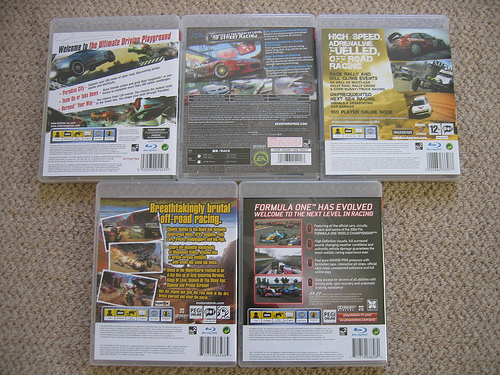It may sound like a basic question because banner ads are so commonly used, but Internet marketing is constantly changing. It’s important to go back and analyze your “staple” Internet marketing tactics and assess whether or not the reward is greater than the price. The use of banner ads is one thing that often leaves industry leaders with differing opinions because of SEO, usability, and overall web design factors—and this goes for both putting banner ads on other websites as well as accepting them on your own website.
Banner ads are easy and are often one of the first things that a new website owner will use, but after a while a website owner should ask himself or herself: Are these ads doing more harm than good?
Different Types of Banner Ads Explained
Before diving into when banner ads work and when they don’t, it’s important to understand that there are a few different types and formats of ads that can be considered banner ads. There are also a few different ways that a company can decide where to place banner ads for their website onto your website. A few of these different places that banner ads can occur include:
Different Ways to Use Banner Ads
- Category– Category banner ads are usually general and therefore you pay less for impressions. For example, if you sell hiking equipment you may want to place you banner ads on categories like sports or outdoor activities categories.
- Contextual– This type of ad describes one that is placed onto a page that is directly related to the ad. For example, if there is a webpage with content explaining the best places to travel, a contextual banner ad might discuss travel agents or hotels for those specific areas.
- Behavioral – This type of targeting looks at a person’s browsing history and then severs them an ad that is relevant. This ads cost more, but they are usually more effective because you’re putting an ad in front of a very targeted customer.
- Retargeting – This is a strategy that usually uses banner ads to retarget people who have already visited a particular website. Retargeting can happen no matter where someone is on the web (not just your site) and is generally one of the most expensive ways to utilize banner ads.
Different Banner Ad Sizes and Formats
Aside from understanding why people use banner ads and why websites may want to use banner ads, it’s important to understand the different formats you can choose for your banner ad or for a banner ad you allow on your website. Below are a few different sizes:
- Traditional – A traditional ad is 468X60 pixels.
- Leaderboards – These are larger and of course more expensive at 728X90.
- Skyscrapers – This shape is almost always found on the side of a page at 120X600.
- Medium Rectangles – Normally a part of a page filled with content at 300X250.
Once you know what size banner ad you think you want, it’s time to consider what type of format would work best. There are really three different types of banner ad formats:
- Static – Usually just text and a still image.
- Animated – A little bit of movement in the ad.
- Flash – Allows users to interact with the ad if they put their mouse over it.
Knowing which format and size to choose will really depend upon your reason for having a banner ad in the first place; hence why that section was discussed first. If you’re going to be spending a lot of money retargeting someone who you know is already interested in your website, it might be best to splurge for a large size or a flash ad. If you have a more general intention, a static image should work just fine. As with all marketing, testing will help you determine what is successful.
Banner Ads: The Good and The Less-Talked-About Bad
Banner ads can be both good and bad. It is clear that blogs love using banner ads of all shapes and sizes because they are usually very affordable and easy. After all, if you own a website, why wouldn’t you want to advertise for it online? The same can be said when it comes to placing banner ads on a website. For many blog owners, this is one of the main avenues to turn a profit. So the advantages seem quite clear, but what are the disadvantages?
There are a few reasons that banner ads might be better kept to a minimum:
First, free banner ads can be dangerous. If you want to put a banner ad on another blog that blog will likely want to put an ad on your blog. This will lead you with a blog full of ads, and no one wants to see that. You also have to be careful that you don’t fall into a link farm-type website where they just collect banner ads.
Second, many blogs ask advertisers to pay each time someone clicks on the ad as opposed to the impression. While this will likely bring in more money initially, it’s really the brand recognition that banner ads can offer, so you’re not getting the better end of the deal (and advertisers know this).
In the end, it is important to note that banner ads can be a good source of revenue. If your blog is not making money through anything else, it might make sense to keep a lot of banner ads; just remember to make sure there are no more than three visible at one time.
Does your blog have a lot of banner ads? Have you found that certain types or reasons for banners ads work better than others? Let us know your thoughts in the comments below!
If You're Struggling to Make Money Online Click Here to Get Answers to All of Your Questions About Making Money Online.


